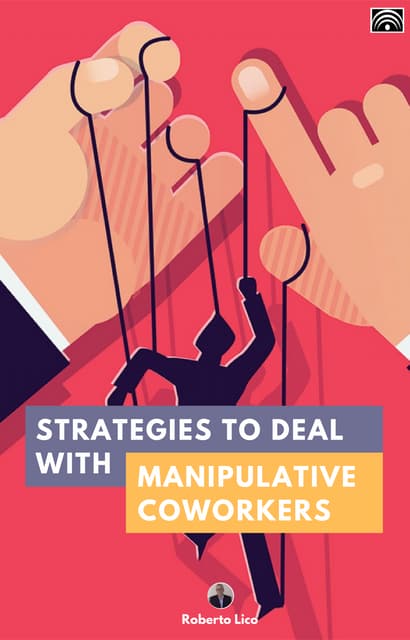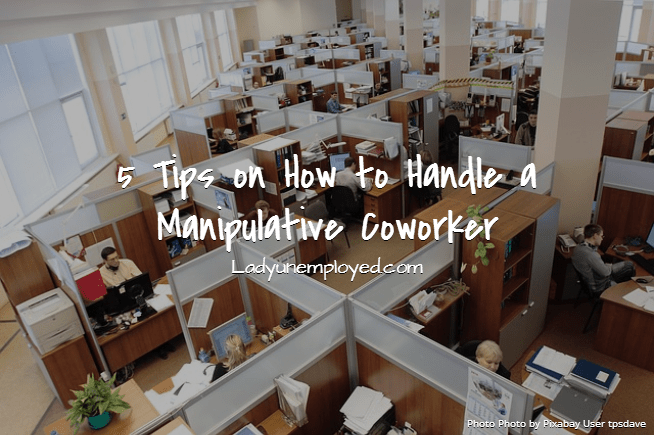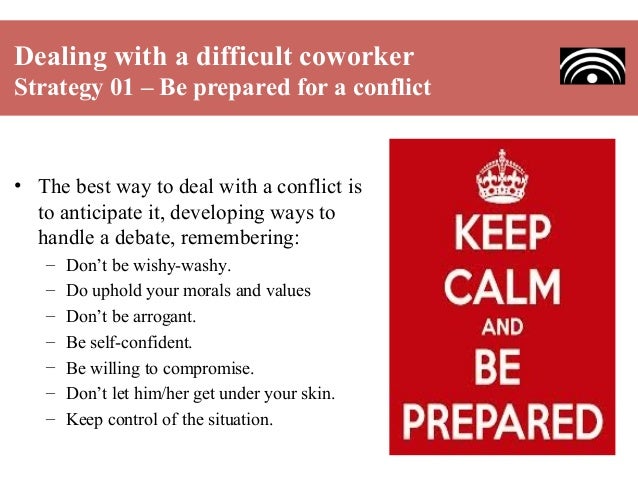How Do You Outsmart A Manipulative Coworker

In the intricate landscape of the modern workplace, professional success often hinges not just on competence, but also on navigating complex interpersonal dynamics. Among the most challenging of these is dealing with a manipulative coworker. Such individuals can subtly undermine team cohesion, sabotage projects, and create a toxic environment, leaving colleagues feeling stressed, undervalued, and uncertain of how to respond.
This article explores actionable strategies for identifying and effectively dealing with manipulative behaviors in the workplace. Drawing on insights from organizational psychology and expert advice, we offer a practical guide to protecting yourself, maintaining your professional integrity, and fostering a healthier work environment.
Understanding Workplace Manipulation
Manipulation in the workplace can manifest in various forms, from subtle flattery used to gain favors to outright deception designed to shift blame. The American Psychological Association defines manipulation as "exerting undue influence over another person, group, or organization." Recognizing the specific tactics being employed is the first step in developing a defense.
Common Manipulative Tactics
Gaslighting, a psychological manipulation tactic, aims to make a person question their sanity or perception of reality. This can involve denying past events, distorting information, or outright lying. Another common tactic is guilt-tripping, where individuals use emotional appeals to pressure colleagues into doing things they wouldn't normally do.
Playing the victim is a strategy used to garner sympathy and avoid accountability. Finally, triangulation involves bringing a third person into a conflict to gain leverage or create division.
Strategies for Protection and Response
Once you've identified manipulative behavior, proactive measures are crucial. Establishing boundaries is paramount, clearly communicating your limits and sticking to them, regardless of emotional pressure.
Documenting interactions is essential, keeping records of specific incidents, conversations, and emails. This creates a verifiable trail of evidence should you need to escalate the issue.
Focus on facts, presenting information objectively and avoiding emotional language. This prevents the manipulator from twisting your words or playing on your emotions.
Building a Support System
Isolation is a common effect of manipulation. Building a strong network of trusted colleagues, mentors, or friends can provide valuable support and perspective. These individuals can offer advice, validate your experiences, and help you maintain your confidence.
Consider seeking guidance from a human resources professional or a trusted manager. They can provide advice on company policies and help mediate the situation.
"When dealing with manipulative behavior, it's crucial to prioritize your own well-being and mental health," advises Dr. Sarah Miller, an organizational psychologist. "Don't hesitate to seek professional support if you're feeling overwhelmed or stressed."
Escalation and Reporting
If manipulative behavior persists despite your efforts to address it directly, escalating the issue may be necessary. Familiarize yourself with your company's policies regarding harassment, bullying, and conflict resolution.
Prepare a detailed report outlining the specific incidents, the impact they have had on your work, and any supporting documentation. Present this information to your manager or HR department in a calm and professional manner.
Remember, you have the right to a safe and respectful work environment. Don't be afraid to advocate for yourself and report behavior that violates company policies or legal standards.
The Role of Organizational Culture
Ultimately, addressing manipulative behavior requires a commitment from the organization as a whole. Companies should foster a culture of transparency, accountability, and respect, where such behaviors are not tolerated.
This includes providing training on conflict resolution, communication skills, and ethical conduct. It also entails establishing clear reporting mechanisms and consistently enforcing policies against harassment and bullying.
Organizations should prioritize employee well-being and encourage employees to speak up without fear of retaliation.
Moving Forward: Creating a Positive Workplace
Dealing with a manipulative coworker can be a challenging and draining experience. However, by understanding the tactics involved, establishing boundaries, building a support system, and escalating issues when necessary, you can protect yourself and foster a healthier work environment.
Remember to prioritize your well-being and seek support when needed. Ultimately, creating a positive workplace requires a collective effort, with individuals and organizations working together to promote respect, integrity, and ethical conduct.
By taking these steps, you can navigate challenging workplace dynamics and contribute to a more positive and productive work environment for yourself and your colleagues.







:max_bytes(150000):strip_icc():format(webp)/how-to-deal-with-difficult-people-at-work-1919377-v5-5b74a14c46e0fb0050480872.png?ssl=1)










